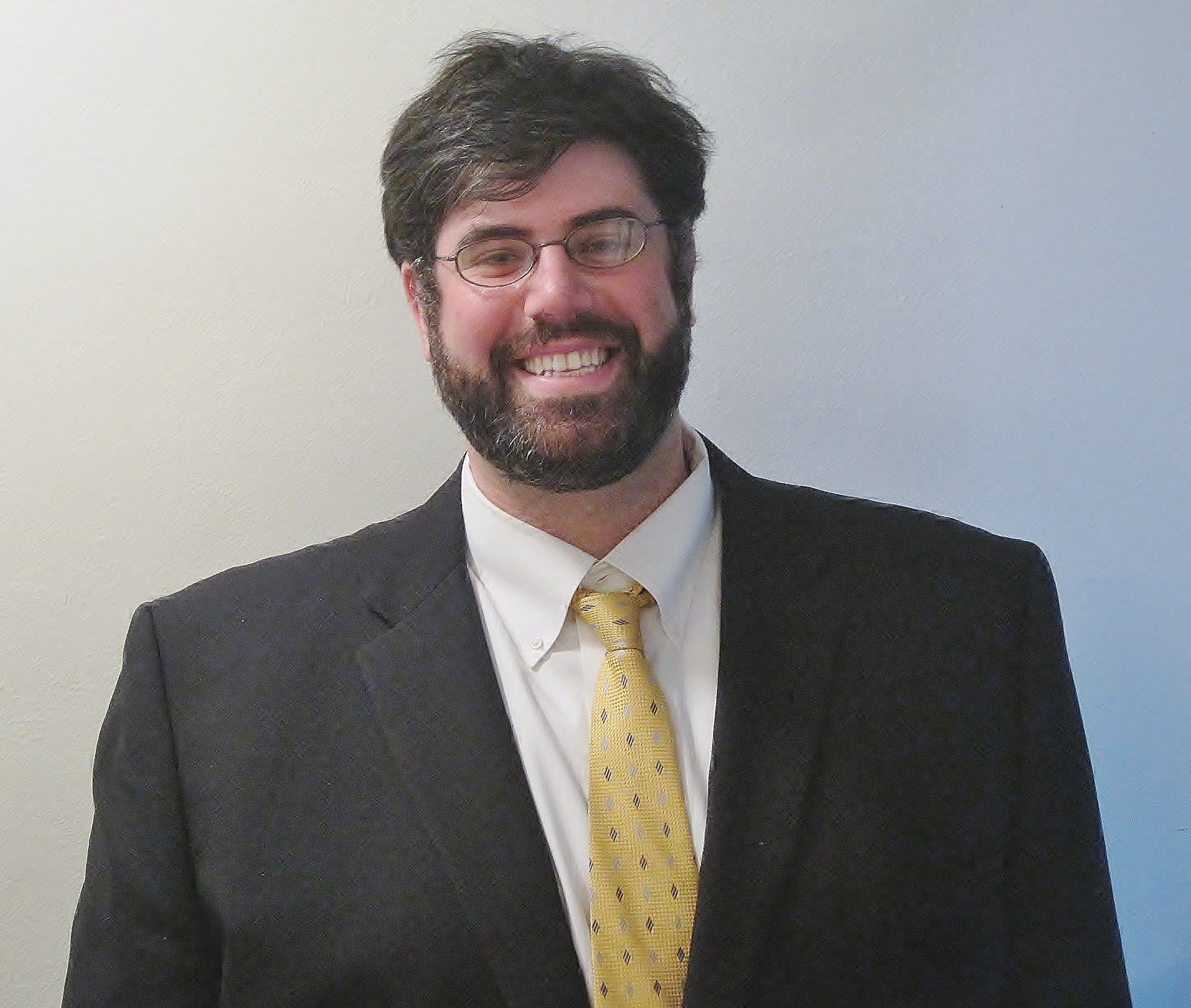EDF Climate Corps fellow | May 16, 2013
“Knocking down a brick wall by yourself with your bare fists is next to impossible. But organize a team equipped with sledgehammers and a plan, and it gets a whole lot easier,” said Gwen Ruta in a Fast Company Op-Ed explaining the concept behind EDF Climate Corps.
This blog post is the 16th in a series, highlighting our team of ‘sledgehammers’ – the 2012 EDF Climate Corps fellows– and their plans for breaking down the barriers to energy efficiency at their host organizations.
Name: Annie Downs
Host Organization: Smithsonian Institution
School: Georgetown Public Policy Institute, Georgetown University
Opportunity: The Smithsonian hired Downs to evaluate energy efficiency improvements related to museum lighting.
Barrier: Lighting a museum is an art form of its own. It means thinking not only about illuminating a space, but also about the qualities of light most of us do not consider – color, beam spread, consistency and lifespan. Furthermore, changing a light bulb in a museum full of delicate artifacts isn't easy. In the National Air and Space Museum, for example, electricians must work around historic airplanes and rockets whenever a bulb burns out.
Also, conservators are not just thinking about what you will see today, they’re thinking about what your great-grandchildren will see in 100 years. Every time art is exposed to light, it fades, so conservators must make the tough choice of how long to let a piece of art sit in a gallery before they need to remove it from the light.
Solutions Identified: Incandescent lights are no longer the only option, and the Smithsonian is leading a revolution in museum lighting. The leaps and bounds made by light-emitting diodes (LEDs) in recent years mean that designers have a new, more efficient tool to work with. As a result, it has already switched some of its galleries entirely to LED, and it has even bigger plans for the future. What it’s finding is that everyone comes out a winner.
Traditional incandescent lights have life spans that range from about 2,000 to 4,000 hours. Museum lights stay on almost all day, so light bulbs burn out quickly and need to be changed often. In comparison, LEDs last for up to 50,000 hours, so facilities staff only have to change them every twelve years.
Also, recent studies have shown that LED lights do not emit the damaging UV rays produced by other types of bulbs. That means that museum staff can worry less about light damage and more about putting together the perfect show.
Lastly, with over ten thousand lamps in a single museum, energy efficiency in lighting is a big deal for the Smithsonian. Galleries already retrofit with LED lights have shown energy savings of up to 75 percent.
Potential Savings: In total, the lighting retrofit projects Downs recommended to the Smithsonian could reduce its energy use by more than one million kilowatt hours annually, saving the institution more than $620,000 over five years.
Quote: “LED lighting shows real promise for museum maintenance and conservation efforts, while cutting costs and pollution.”
Name: Daniel Gonzalez-Kreisberg 
Host Organization: Belk
School: Ross School of Business and School of Natural Resources and the Environment, University of Michigan
Opportunity: Gonzalez-Kreisberg was hired by Belk, a department store with over 300 locations across the southeastern United States, to work on lighting upgrades, heating and cooling system improvements and vending miser controls for beverage vending machines.
Barrier: A dynamic, growing company like Belk does not throw capital at just any project with a promising financial return. Instead, it focuses on the best opportunities. Belk departments and teams compete with one another to prove that their proposals will benefit the company's growth the most. Efficiency upgrades, particularly lighting, heating and cooling system upgrades, could significantly reduce facility operating costs. However, these projects are outside of Belk's core business strategy – as a retail company, the company's top priority is to sell more merchandise. Projects that improve sales are generally prioritized over those that reduce expenses.
Solutions Identified: In 2007, the Retail Industry Leadership Association established the Retail Sustainability Initiative and Belk soon signed on. This was not a commitment that Belk management took lightly, and the retailer soon supplemented an already successful recycling program by increasing efficiency in product packaging and private brand supply chains, designing its newest store to meet U.S. Green Building Council LEED standards and even adding solar panels to two stores and the Belk corporate offices. This commitment provided the opportunity for Matt Green, Belk’s Director of Facilities, Energy, and Support Services, to work with EDF Climate Corps fellows to identify and implement energy efficiency projects.
Quote: “At the locations I visited in its 300-store portfolio, I found forward-thinking property managers who understand the value of energy efficiency in their facilities. They are using the retail industry’s growing focus on sustainability to catalyze the energy efficiency investments they have long pushed for.”
About EDF Climate Corps
EDF Climate Corps (edfclimatecorps.org) taps the talents of tomorrow’s leaders to save energy, money and the environment by placing specially-trained EDF fellows in companies, cities and universities as dedicated energy problem solvers. Working with hundreds of leading organizations, EDF Climate Corps has found an average of $1 million in energy savings for each participant. For more information, visit edfclimatecorps.org. Read our blog at edfclimatecorps.org/blog. Follow us on Twitter at twitter.com/edfbiz and on Facebook at facebook.com/EDFClimateCorps.
About Environmental Defense Fund
Environmental Defense Fund (edf.org), a leading national nonprofit organization, creates transformational solutions to the most serious environmental problems. EDF links science, economics, law and innovative private-sector partnerships. For more information, visit edfbusiness.org. Read our blog at blogs.edf.org/business. Follow us on Twitter at twitter.com/EDFbiz.